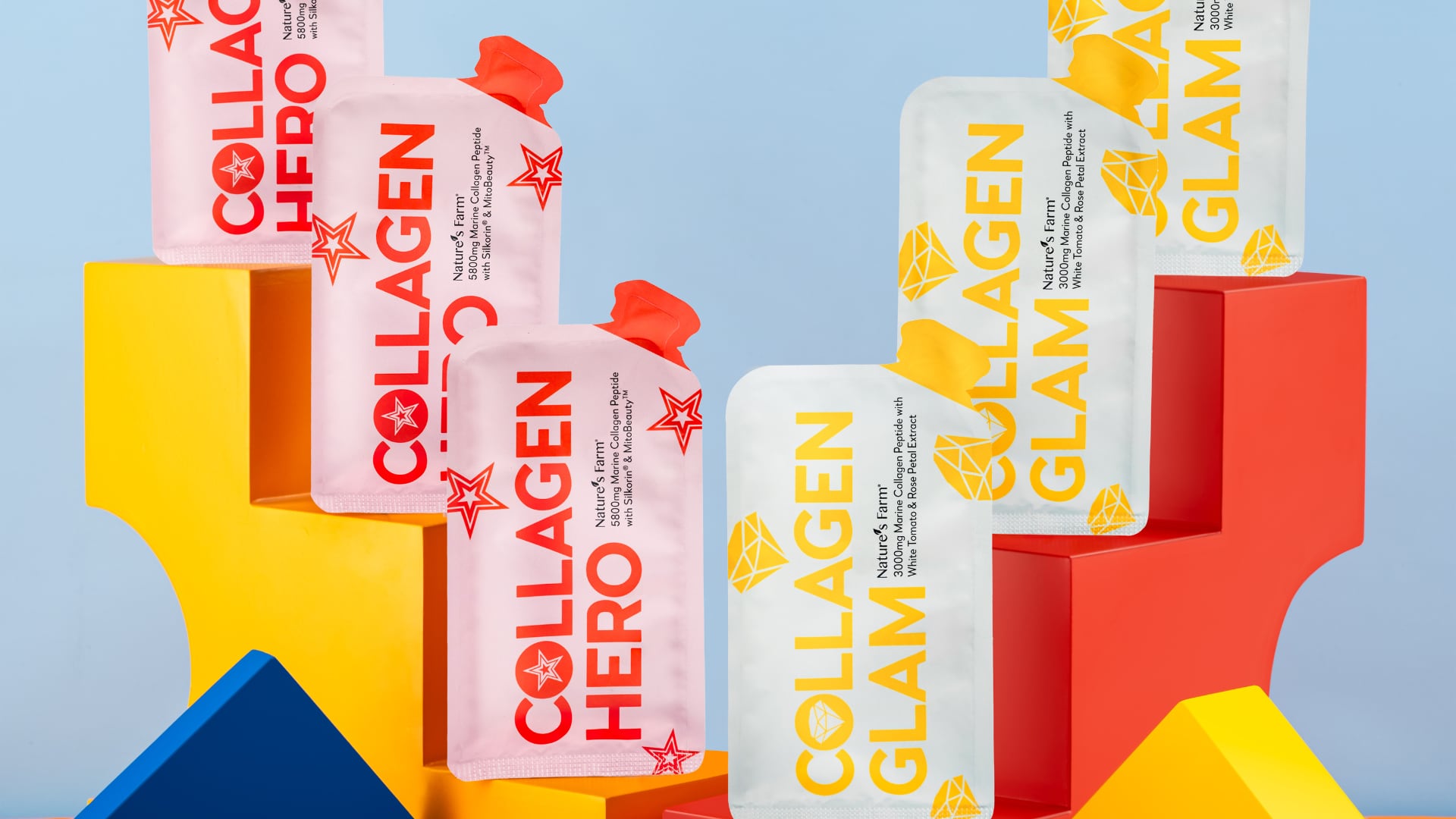Reduced facial bone density, including the jawbone, has been associated with increases in marionette lines, wrinkles around the eyes and smile lines, and decreased facial expressions.
Importantly, facial bone density declines earlier than that of the lumbar spine and calcaneus (heel bone).
While calcium maltobionate is reported to mitigate bone resorption and maintain bone density of the lumbar spine in post-menopausal women, its effects on facial bone mineral density (BMD) remain understudied.
As such, a study was conducted to compare variations in facial BMD, calcaneal BMD and bone resorption markers among pre- and post-menopausal women, and to examine the effects of continuous calcium maltobionate intake.
This randomised, double-blind, placebo-controlled, parallel-group trial involved 48 healthy Japanese women aged 30 to 69, who were divided into two groups.
The test food group received tablets containing calcium maltobionate (1.045g as maltobionic acid) supplied by San-ei Sucrochemical Co Ltd, while the placebo group received tablets containing a maltose and calcium carbonate mixture.
Maltobionic acid is an indigestible disaccharide derived from natural sugars. Its solubility in a wide range of pHs — from acidic to alkaline medium — is considerably greater than that of existing calcium compounds, such as calcium carbonate, calcium citrate, and calcium lactate, which are commonly used in calcium supplements.
It is also used in skin care products to exfoliate, hydrate, and reduce signs of ageing.
Participants in this study were instructed to consume two tablets daily. The intervention period lasted 24 weeks, during which participants were encouraged to maintain their usual lifestyle habits, including diet and exercise.
Based on pre- and post-intervention measurements, calcaneal BMD and bone resorption marker deoxypyridinoline (DPD) showed no statistical difference between the two groups in pre-menopausal women.
However, in post-menopausal women, the test food group exhibited significantly higher calcaneal BMD and lower DPD levels compared to the placebo group.
Furthermore, facial BMD increased significantly in the test food group compared to the placebo group in post-menopausal participants, with similar trends observed in pre-menopausal participants.
In the placebo group, a decrease of approximately 1.5 to 3.5% in facial BMD was identified in both pre-menopausal and post-menopausal participants.
“Continuous intake of calcium maltobionate appears to slow down the decline of bone density in pre- and post-menopausal women, contributing to osteoporosis prevention. Further studies are necessary to elucidate the mechanism by which calcium maltobionate intake improves facial bone density,” the authors wrote.
The study also revealed that calcaneal bone density in the placebo food group was reduced more markedly around the mid-50s, whereas facial bone density progressively decreased after age 40, irrespective of menopausal status.
“This shows that facial BMD could serve as a useful indicator for monitoring bone health in both men and pre-menopausal women, whose increased bone resorption is still in its early stages. Raising awareness regarding the importance of maintaining facial BMD for one’s appearance, alongside skin care, should increase young people’s interest in bone density, ultimately contributing to lower morbidity rates.
“Additionally, assessing calcaneal BMD and bone resorption markers, including DPD levels, may be helpful in the advanced stage of post-menopausal bone resorption in determining bone health.”
Interactions with dietary nutrients
Calcium, magnesium, phosphorus, potassium, vitamin D, and vitamin K are crucial for maintaining BMD and regulating bone turnover.
To evaluate the effectiveness of the test foods, participants’ diets were recorded before and after the intervention using the Brief-type self-administered Diet History Questionnaire (BDHQ).
Widely used to assess dietary intake in Japan, the BDHQ includes the consumption of 56 foods and beverages over the past month.
It was found that mineral and vitamin intake related to BMD and metabolism did not significantly differ in either within-group or between-group comparisons across pre- and post-menopausal populations.
Nevertheless, due to the BDHQ used, the impact of calcium intake on bone density and the effects of excessive intake may not have been accurately reflected.
“Although calcium intake before and during the intervention did not significantly differ between the groups, future studies should aim to comprehensively examine the effect of the test food on improving bone density and the adverse effects of excessive intake by including dietary surveys that record participants’ daily meals.
“As calcium absorption efficiency fluctuates based on various food components, such as vitamin D, phosphorus and oxalic acid, future research should also investigate prescriptions containing calcium maltobionate for maximising bone density improvements and food-nutrient combinations to be avoided,” the researchers concluded.
Source: Nutrients
https://doi.org/10.3390/nu17020262
“Decrease in Facial Bone Density with Aging and Maintenance Effect of Calcium Maltobionate Ingestion in Japanese Adult Women: A Randomized, Double-Blind, Placebo-Controlled, Parallel-Group Trial”
Authors: Daiki Suehiro, et al





